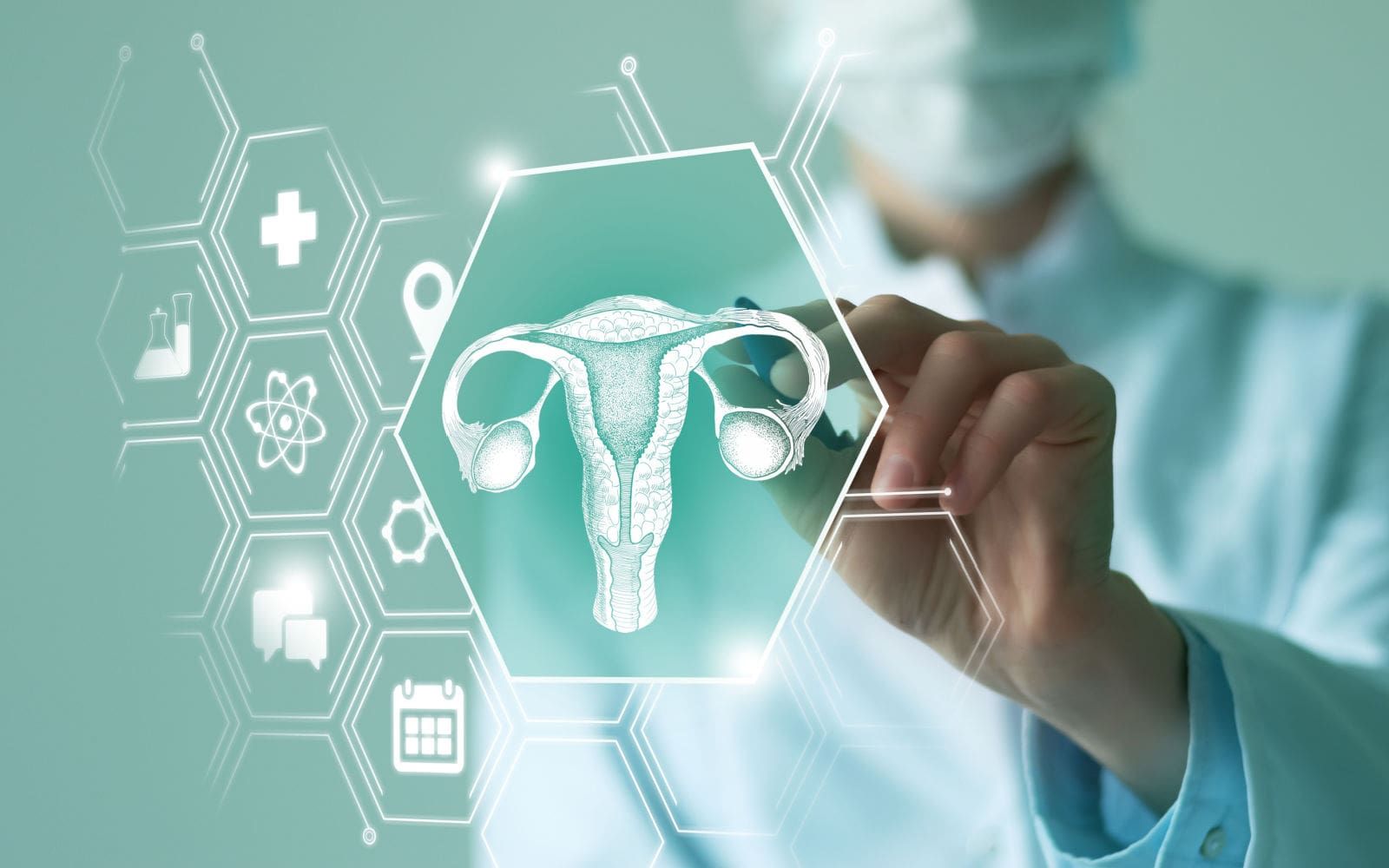For many women, cervical cancer can be a terrifying diagnosis. Cervical cancer attacks the cervix cells and hearing that you have it can be a life-changing discovery. Cervical cancer can be transmitted in multiple ways, and some studies have linked different strains of the human papillomavirus (HPV) to cervical cancer. Generally, the immune system prevents HPV from doing too much damage. However, there are cases where HPV remains dormant for years. As the virus lays dormant, normal cells can become cancerous.
What is Your Risk of Cervical Cancer?
“Risk factors” indicate the chance of being diagnosed with any disease, including cancer. But just because you have one of the risk factors or multiple doesn’t mean you’ll be diagnosed. There are risk factors that increase the chances of developing cervical cancer. And if you don’t have any of these risk factors, the chances of being diagnosed are low.
Cervical Cancer Risk Factors That Can be Controlled:
- Human papillomavirus (HPV) infection – HPV isn’t just one virus. It’s comprised of many strains that can attack the body. However, some vaccines can reduce the risk of being diagnosed with HPV.
- Sexual history – In many cases, sexual activity can increase cancer risk. This increase in risk is mainly due to becoming sexually active at a young age, usually in the early teens, having multiple partners, or even one partner with HPV that can transmit it.
- Smoking – Women who smoke have an increased risk, unlike nonsmokers. The harmful chemicals in tobacco products can be transmitted through the body through the lungs.
- Having a weakened immune system – Women with weaker immune systems, human immunodeficiency virus (HIV), or AIDS are also at a higher risk. HIV and AIDS weaken the immune system further. And women with HIV can develop cervical pre-cancer that can become more invasive than it would normally.
- Chlamydia infection – Chlamydia is a common bacteria affecting the reproductive system and sexually transmitted disease (STD). Chlamydia doesn’t always produce symptoms and is generally not diagnosed unless tests are conducted.
- Birth Control – Some oral contraceptives can increase the risk of developing cervical cancer. The risk will lower again if the contraceptives are stopped.
- Having multiple full-term pregnancies – Some women with three or more children are also at an increased risk of developing cervical cancer.
- Young age at first full-term pregnancy – Women who have a child at a young age are at a higher risk than women who wait longer to become pregnant. Women over twenty-five have a lower risk of developing cervical cancer if they have a child.
Learning About Cervical Cancer Risk Factors
In many cases, your physician can discuss the risk factors of cervical cancer with you. Even if you’re at low risk for developing cervical cancer, talking to your doctor might put your mind at ease. If you know what your risk is, you can decide the best course of treatment or prevention. Your physician will know what tests to run to ensure you are prepared. Your physician will also be able to schedule routine checkups to ensure your risk isn’t increasing over time.


